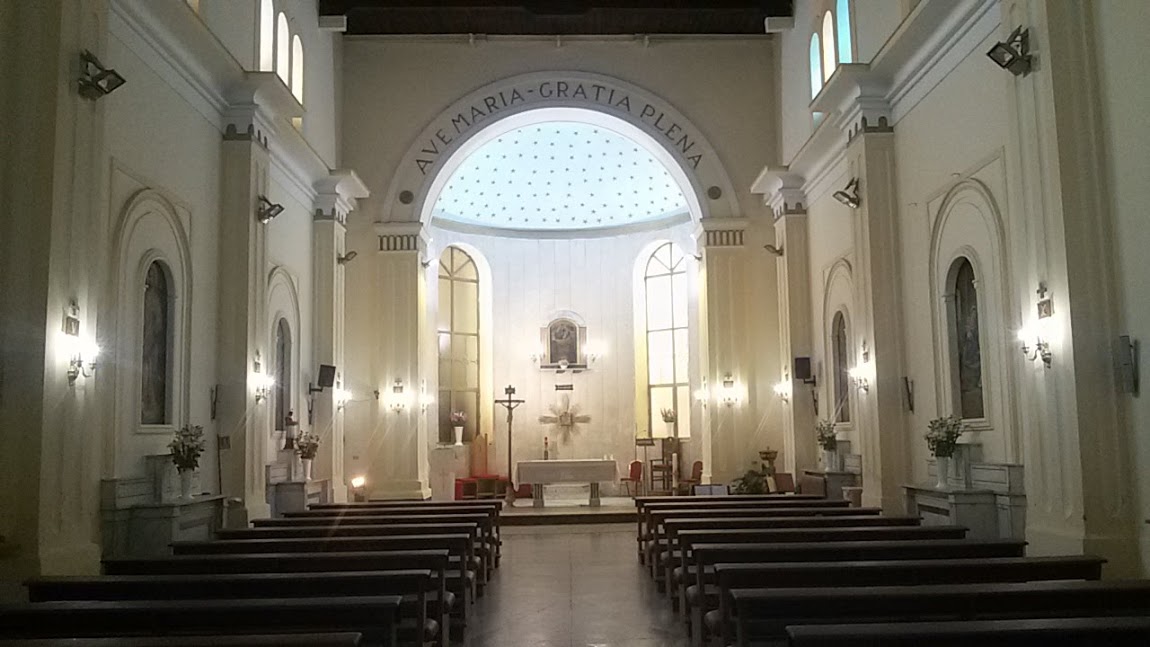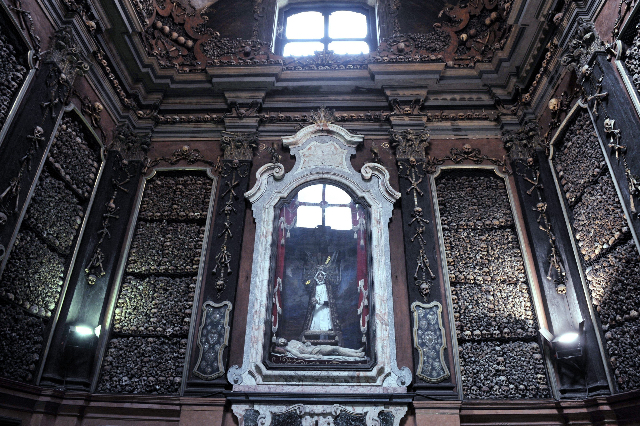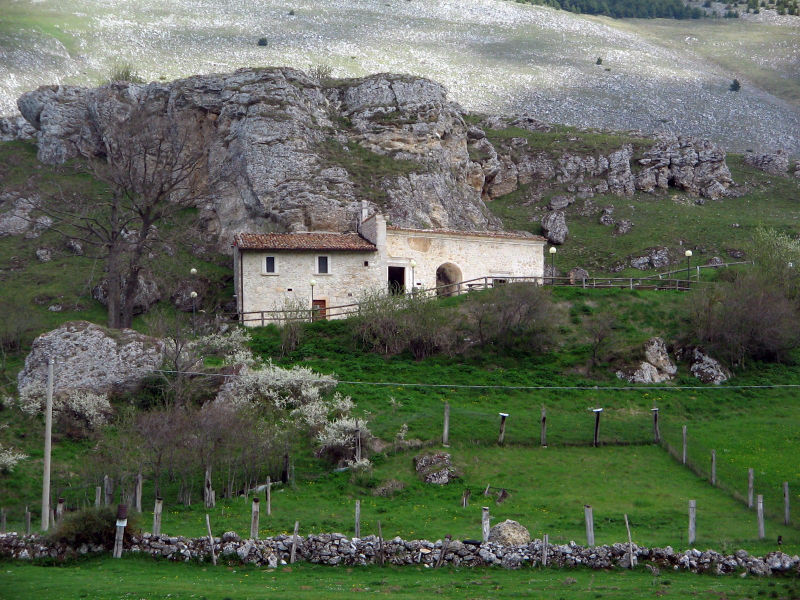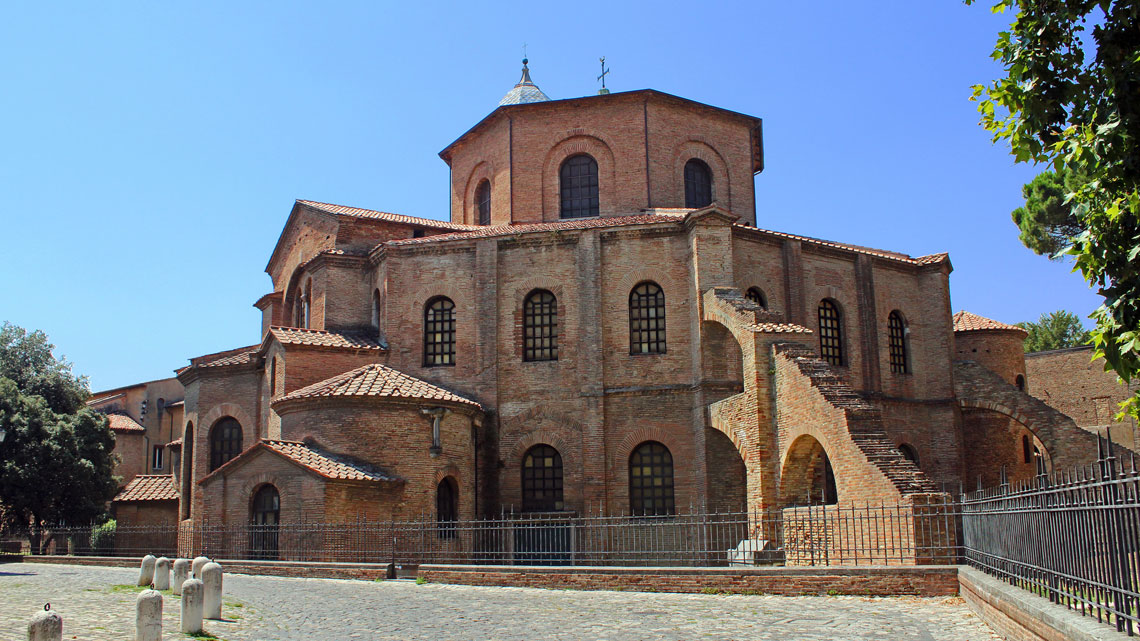The church of San Carlo Borromeo alle Brecce hides a precious curiosity, which deserves a visit instead.
There is very little information about the ancient church dedicated to S. Carlo Borromeo. It is known that it was erected at the end of 1800 along the route of via Brecce in S. Erasmo and it is for this location that it was called " S. Carlo Borromeo alle Brecce ". It became a parish church in 1931 when the vast territories began to be divided into several parishes. It was later bombed during the Second World War on 17 July 1943. For some years the community remained without a suitable place of worship and the residents were forced to go to the nearby parish of St. Erasmus. Since then, all that remains of the old parish church is a ruin barely visible from Via Galileo Ferraris, at the height of the former tobacco factory area. Later, after the war, it was decided to use as a place of worship the nearby church dedicated to S. Maria di Costantinopoli alle Mosche. So the new parish church took this name: S. Carlo Borromeo alle Brecce in S. Maria di Costantinopoli alle Mosche. A legend tells that during the epidemic of 1527, Our Lady of Constantinople appeared to an old woman, promising her the end of the plague, and asking her to erect a temple there where she would find an image of her painted on a wall. This was found on the Tuesday of Pentecost in 1529 along the walls under the fortress of Caponapoli, a chapel dedicated to St. Mary of Constantinople was built there. Later, to ward off the danger of a new epidemic, it was decided to build a larger church along the Via Costantinopoli route.
The famous Neapolitan saying ‘A Madonna t’accumpagna’ is therefore fully suited to Our Lady of Constantinople, because it visually expresses her mission as a Mother who watches over the path of her children. The first image of Our Lady of Constantinople, kept in the ancient church, was destroyed at an unspecified time, but in its place around 1850, another was painted with some flies, hence the title of Santa Maria delle Mosche.
This title is justified by an ancient tradition: in 1650 the place was part of the Neapolitan swamps, where the ancient river Sebeto flowed into the Magdalene Bridge. Being a very fertile area and rich in marshes, some local buffalo farms were favoured, which naturally carry many insects.
In that period there was an exceptional invasion of large flies, so the Orthulans, already frightened by the numerous epidemics of that century, turned to the Virgin of Constantinople to be freed from those insects so harassing people and damaging the fields. Having obtained the grace, they took care to pass the miracle on to their posterity, and had the image painted with flies, to remind them of the favour obtained in the future.













